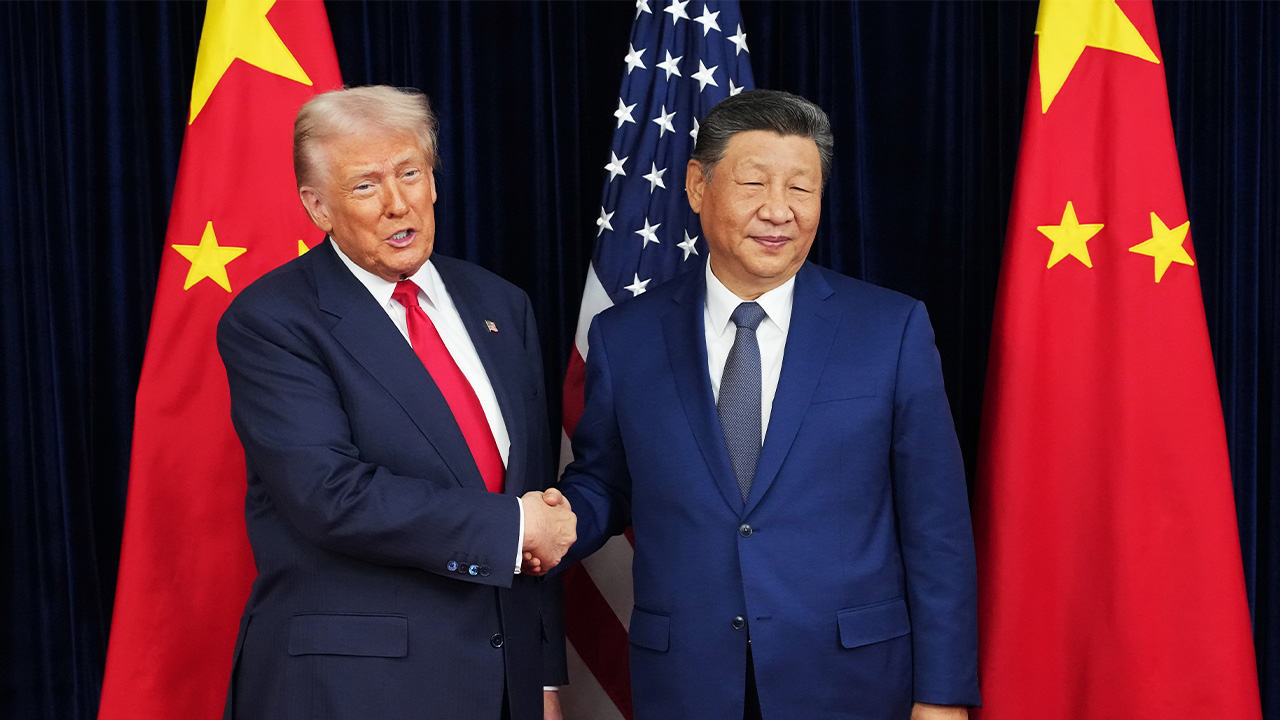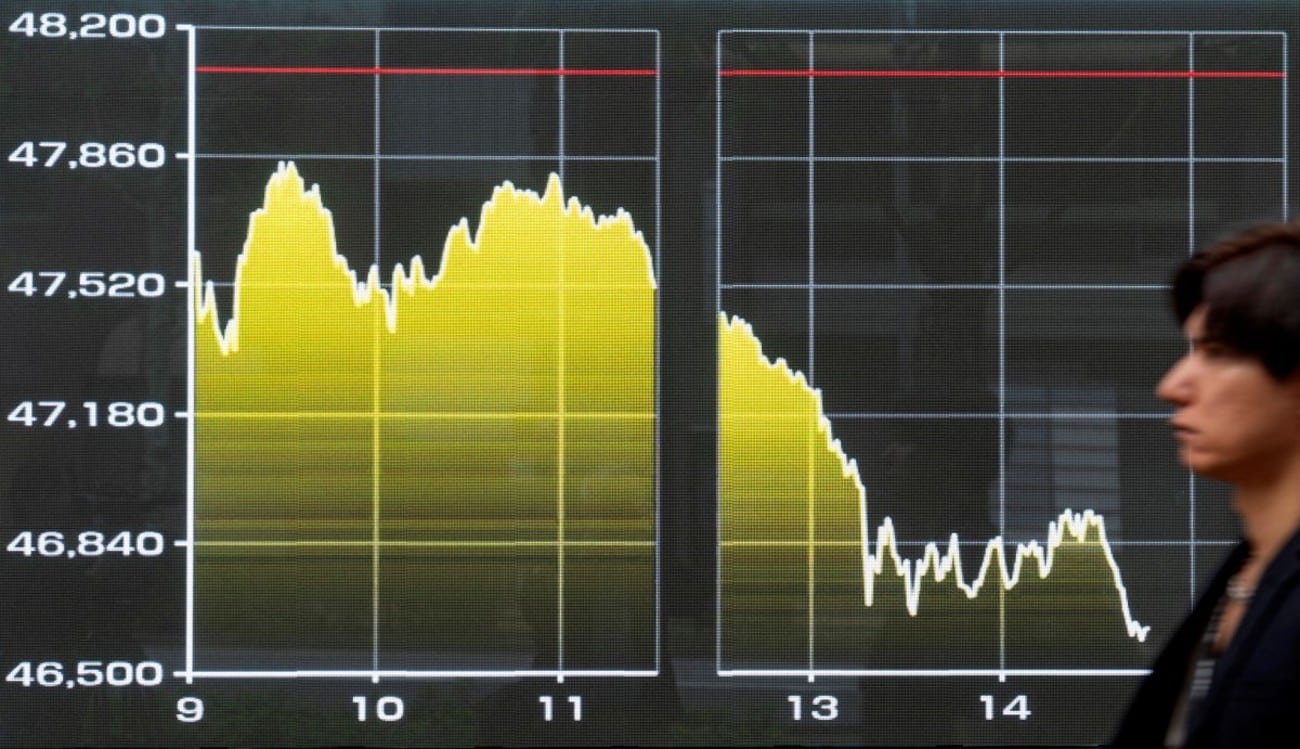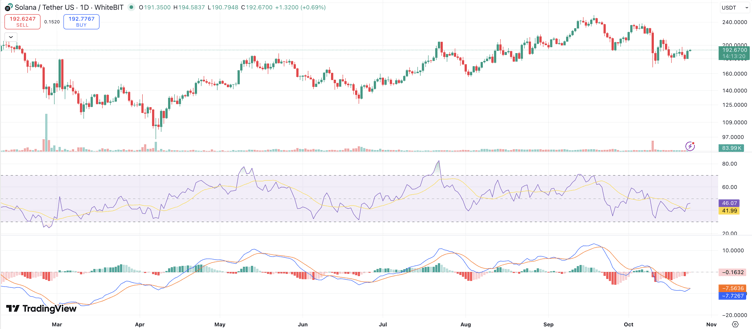The White House on Saturday unveiled details of a “historic” trade agreement between President Donald Trump and Chinese President Xi Jinping, marking a sweeping deal aimed at easing tensions between the world’s two largest economies. The agreement, described by the administration as a “massive victory,” was finalized this week during a bilateral meeting in Busan, South Korea.
According to a White House news release, the deal includes U.S. tariff reductions alongside a series of Chinese commitments related to fentanyl, rare earth exports, and agricultural trade. The White House emphasized that the agreement “safeguards U.S. economic strength and national security while putting American workers, farmers, and families first.”
### Key Provisions of the Agreement
Under the deal, China will take several significant steps, including curbing the flow of fentanyl precursor chemicals into the U.S., pausing new export controls on rare earth elements and magnets, reopening its markets to U.S. soybeans and other agricultural goods, and lifting retaliatory measures against major U.S. companies.
Specifically, China agreed to:
– Suspend new export controls on rare earths announced on October 9.
– Issue general licenses for exports of rare earths, gallium, germanium, antimony, and graphite.
– Take “significant measures” to curb the flow of fentanyl to America.
– Suspend all retaliatory tariffs imposed since March, including those on U.S. farm products such as soybeans, pork, corn, and dairy.
– Remove non-tariff countermeasures targeting U.S. industries.
– Purchase 12 million metric tons of U.S. soybeans by the end of the year and 25 million tons annually through 2028.
– Resume imports of U.S. sorghum and hardwood logs.
– Resume trade from Nexperia’s chip facilities in China.
– Lift sanctions taken in retaliation for the U.S. investigation into China’s maritime, logistics, and shipbuilding sectors.
– End investigations of U.S. semiconductor companies.
– Extend its market-based tariff exclusion process for U.S. imports through December 31, 2026.
### U.S. Commitments
In return, the United States agreed to:
– Cut tariffs on Chinese imports originally imposed to curb fentanyl flows by 10 percentage points starting November 10, while keeping higher reciprocal tariffs suspended until November 10, 2026.
– Extend certain Section 301 tariff exclusions through November 10, 2026.
– Delay enforcement of a new export rule targeting affiliates of blacklisted Chinese firms until November 10, 2026.
– Suspend new trade actions linked to investigations of China’s shipbuilding and logistics sectors until late 2026, while continuing coordination with South Korea and Japan to strengthen U.S. shipbuilding.
### Broader Impact and Additional Agreements
The White House hailed the agreement as the latest in a string of “historic wins for the American people” during President Trump’s Asia trip. This visit also produced new trade agreements with Malaysia and Cambodia and established frameworks for negotiations with Thailand and Vietnam. Additionally, the trip secured expanded investment commitments from both Japan and South Korea.
“This trade and economic deal caps President Trump’s successful trip to Asia, where he delivered a series of historic wins for the American people,” the White House stated.
The agreement represents a major step forward in U.S.-China relations, signaling a temporary truce and laying the groundwork for continued dialogue and cooperation between the two economic superpowers.
https://www.foxbusiness.com/politics/white-house-unveils-details-historic-trade-agreement-china-following-trump-xi-meeting



